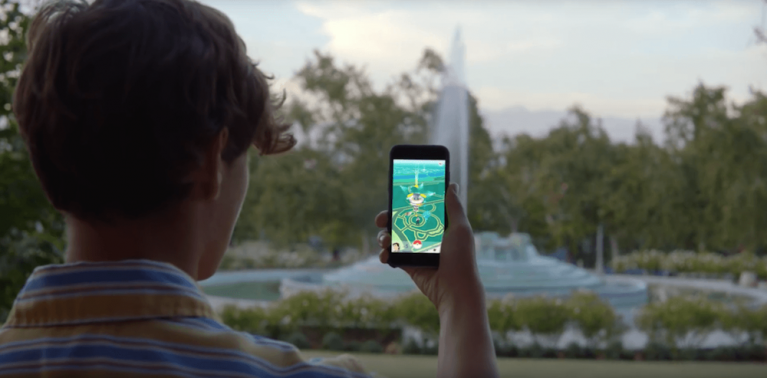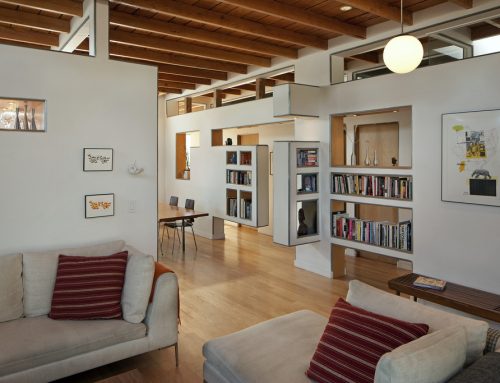There is a craze sweeping the world that’s drawing people out of their homes and onto the streets – albeit with their eyes firmly focused downwards on a screen – to explore a fantasy world and try to catch the fictional creatures that roam around it. We’re talking, of course, about Pokémon GO. The game has been available for under a month but already it’s broken pretty much every record going in terms of downloads and revenue.
This next level of augmented reality lets gamers spend (real) money on ‘lure’ tools to attract more Pokémon, while businesses have been cashing in by creating Pokémon GO events and paying to have their shop-fronts listed as Poké-gyms where users can train and strengthen their Poké-pack. Within 3 weeks of its release, the game had generated $75 million USD in revenue through in-app purchases. There’s no denying there is money in this technology.
While some people sit back and laugh at the hordes of people walking around parks with solar-powered battery packs strapped to their backs, others are looking for ways to capitalise on the gamification of consumer habits in other industries.
In the world of property, we’ve already got savvy agents taking advantage of the Pokémon craze by highlighting a property’s proximity to gyms and PokéStops in order to attract tenants and buyers. Would people really choose where to live based on a game? It seems so.
But the long-term possibilities lie not so much with the game itself, but with the way the AR technology can be put to use in other areas.
Prospective buyers can already take a ‘walk’ through an off-the-plan home that is yet to be built – in fact there are quite a few virtual reality providers offering this service to developers. But imagine taking it a step further and letting buyers explore the streets around their new property, browse the shops, and get to know their neighbours-to-be over a cup of coffee – all before the area has even been developed.
By using avatars and messaging services combined with blueprints of planned communities, you could fall in love – or fall out – with your neighbours before your house has even been built!
The technology could also help agents expand into new markets, as potential buyers from all over the world will be able to get a realistic idea of what a property – and the surrounding area – will look and feel like.
Additionally, AR presents big opportunities for interior designers or furniture retailers who want to show consumers how a new colour scheme or piece of furniture will look in their rooms. Apps could allow you to browse, ‘try’ and buy, with delivery tied in to the completion date for your new home.
Augmented reality technology presents marketeers with the chance to dream big and be the first to think of innovative new ways to sell by engaging consumers in tangible ‘virtual communities’, bringing the worlds of gaming and purchasing ever closer together. The question is, who in the property industry is going to do it biggest and best?











